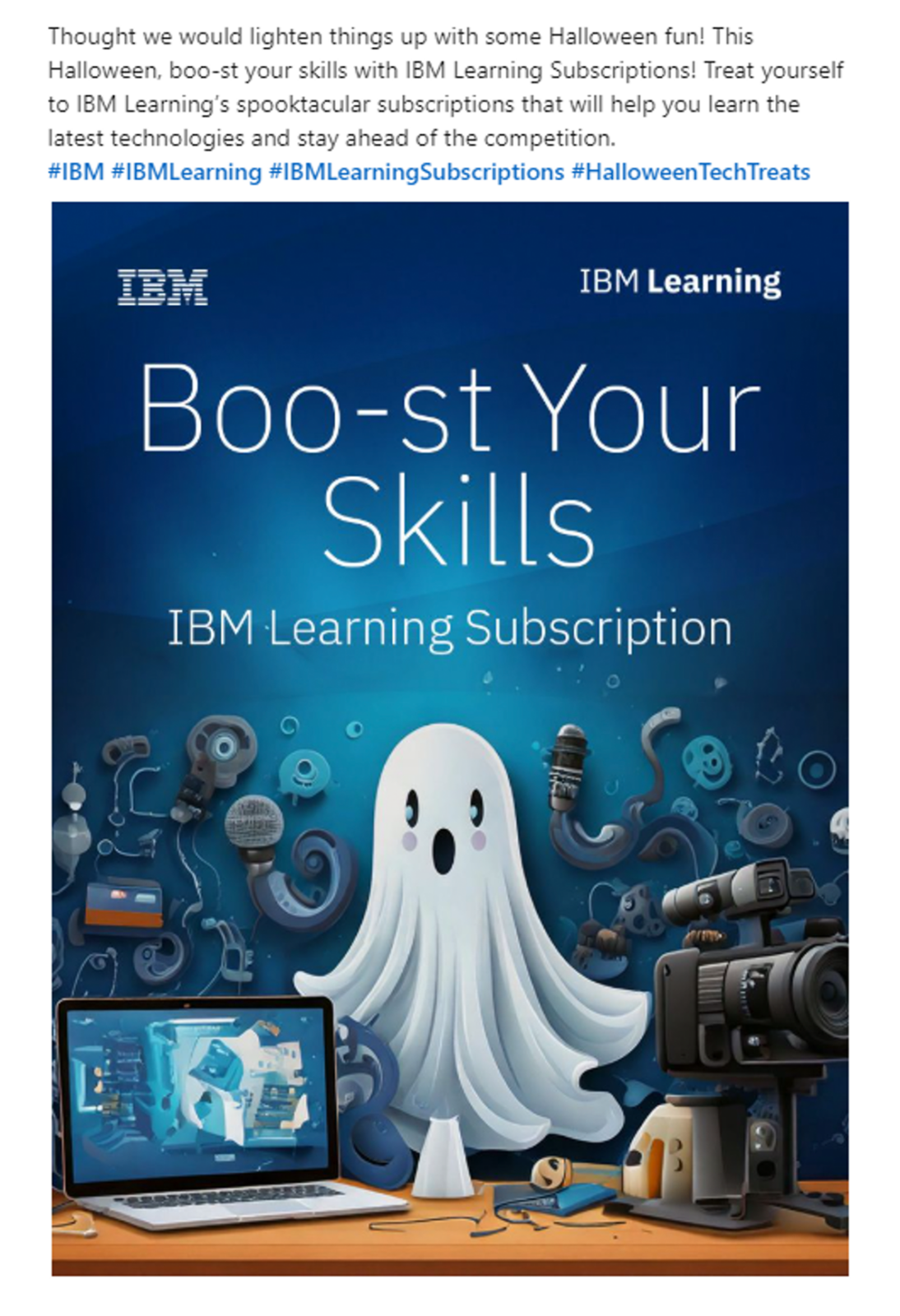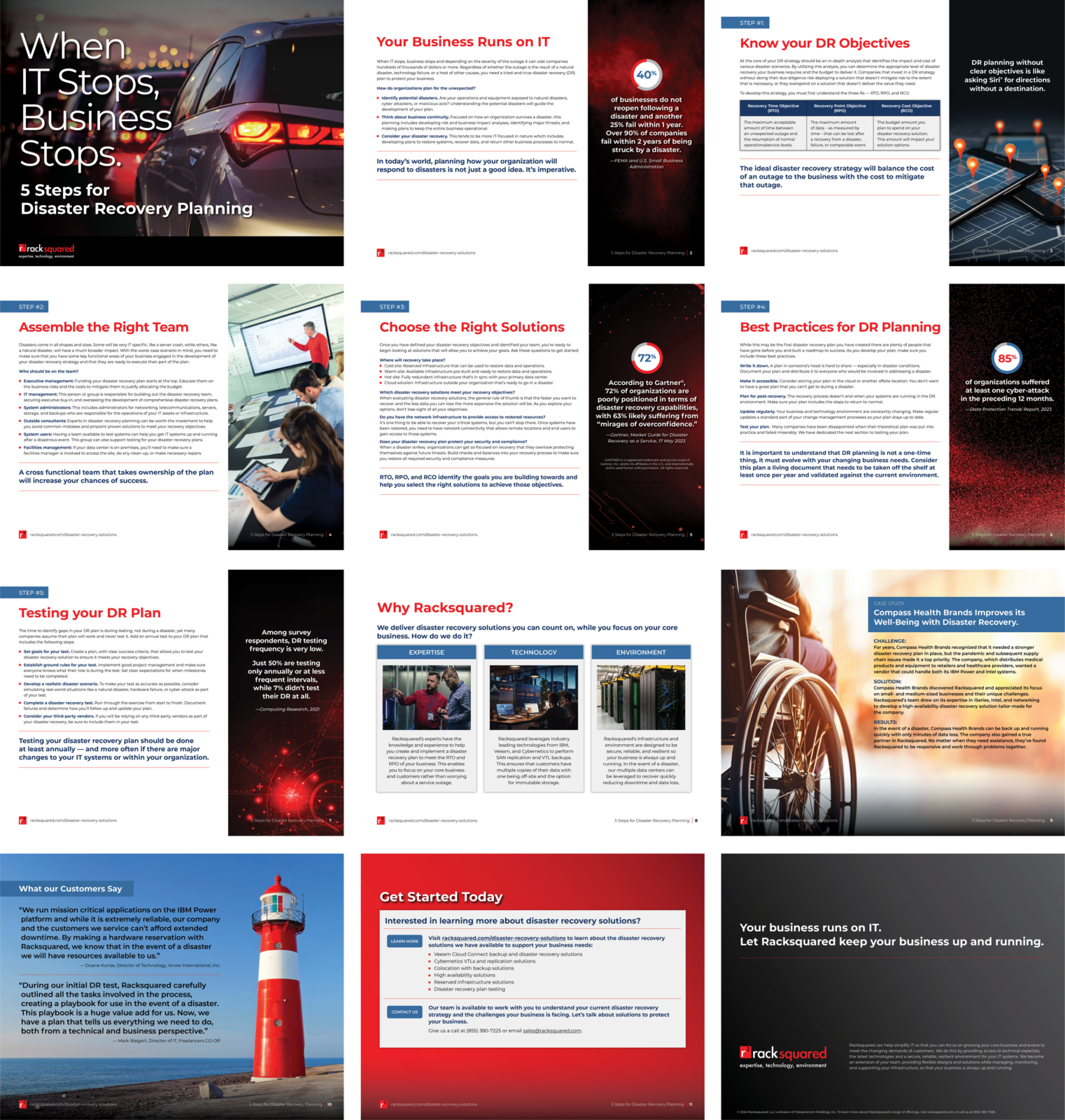What’s the key to being happier at work?
In today’s open-concept office spaces, the noises from your coworkers can be incredibly distracting. To counter the conversations, office copier sounds, and keyboard clicks, some companies pipe in white noise to filter out the distractions. But a recent study has found an even more effective tool: listening to the sounds of nature. Read through the … Read more





